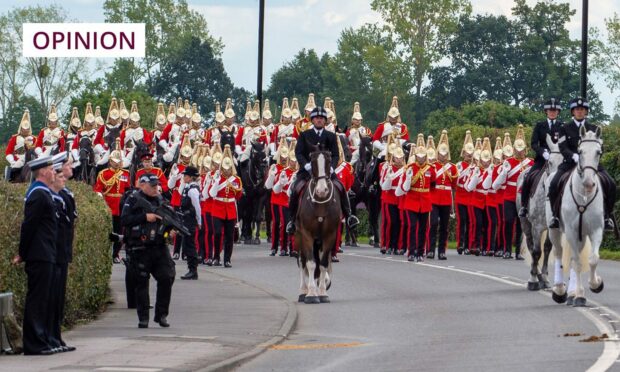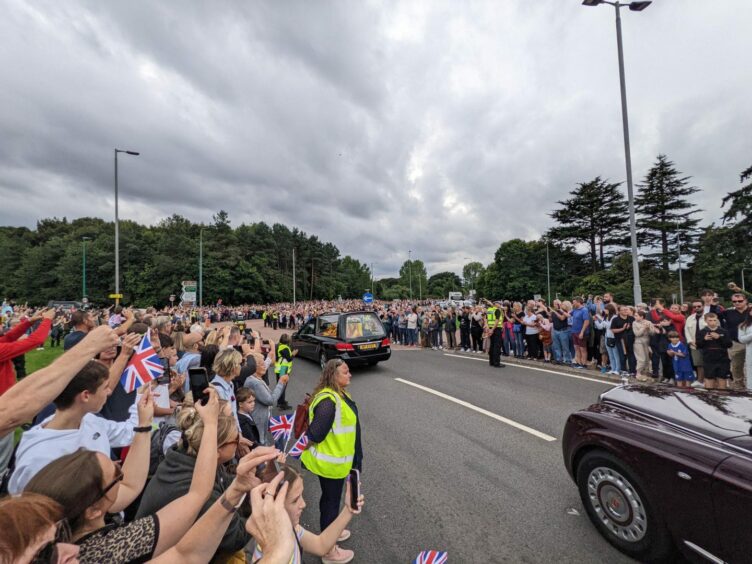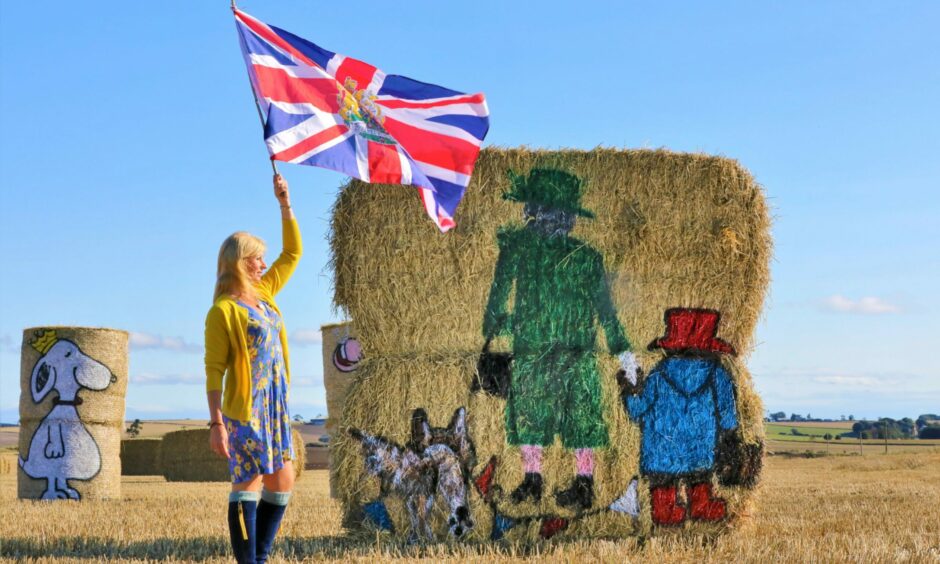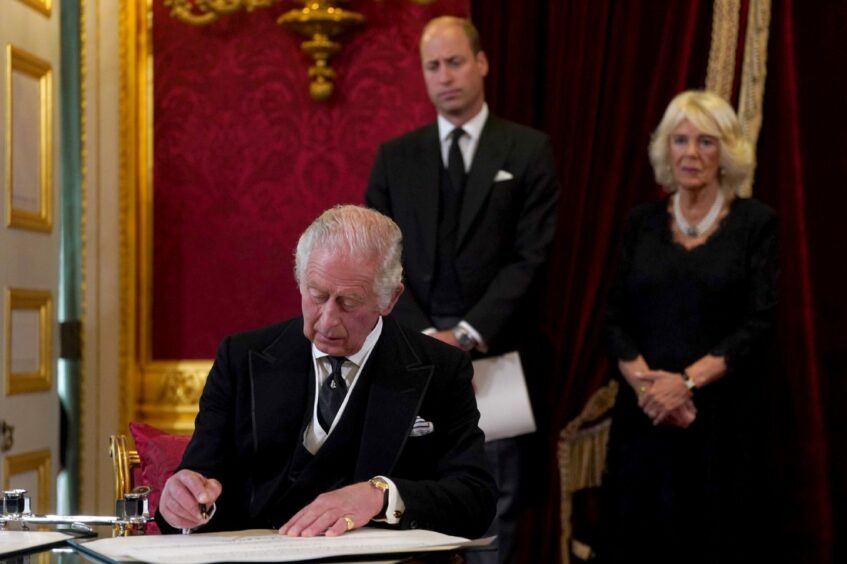The future is a weird thing, full of promise and fear, hope and trepidation.
It’s basically like a more upbeat version of death – no-one knows what it will bring but we spend an incredible amount of time pondering, worrying and arguing about it.
Unlike death however, we can help shape it.
The future of the UK appears to be at crossroads – but a crossroads planted firmly in the middle of a roundabout.
The crossroads is the political – we’ve juggernauted our way through four Tory prime ministers and a half-baked Brexit in six years.
We’re staring down inflation, recession, a cost-of-living crisis and appear to be something of a pariah on the stage of world trade.

The newly elevated Liz Truss seems to have a view on economics that unashamedly favours the rich over the poor.
And the Queen has died.
The Queen, the monarchy, is the roundabout.
For whatever we decide to do about the political – right, left or straight ahead – all roads are surrounded by the Royal Family.
Royals’ easy ride at an end?
As thousands gathered on the streets of Dundee, Edinburgh and London to pay their respects to the Queen, the institution put in place our new king.
As politics all but stopped, the monarchy continued.
And it hasn’t gone unnoticed.
Modern Britain is a very different place to what it was in 1953 when Queen Elizabeth II was crowned.
And the idea of a Royal Family, with palaces and jewels and eye-watering riches, sits uneasily with those who see millions struggling to make ends meet.
In a multicultural UK, with more access to world media than ever before, the spectre of colonialism also hangs heavier over the Crown than it did back then.
But all in all, the royals had somewhat of an easy ride during the Queen’s tenure.
The goodwill afforded to Elizabeth II herself appears to have played a large part in that.
But she is gone now – and with her death come questions about the need, or indeed the morals, of having an unelected head of state with inherited billions in a 21st Century democracy.
Because it’s unlikely we’re going to see a 70-year reign again – not unless Charles or William are the secret descendants of Methuselah or Dracula.
So this changing of the monarch is going to become a more regular occurrence.
Does the future of the UK include a crown?
And the more people see that power changing hands, with wealth propped up by tax-payers’ money being handed down from generation to generation, the more the question will burn.
What is the future of the British monarchy?
Should there be a democratic mechanism for the people to say no to the next in line?
Can you modernise an institution as old as the monarchy? Or is modernisation just a shifting of the lens to keep royalty in power?
Does it need scaled back or even abolished?
As the clock ticks down to the coronation of King Charles III, these are questions that Britain should and will be asking itself.
This is my last column, I’m moving on to pastures new to see what the future brings.
It will be interesting to see if the UK does the same.














Conversation